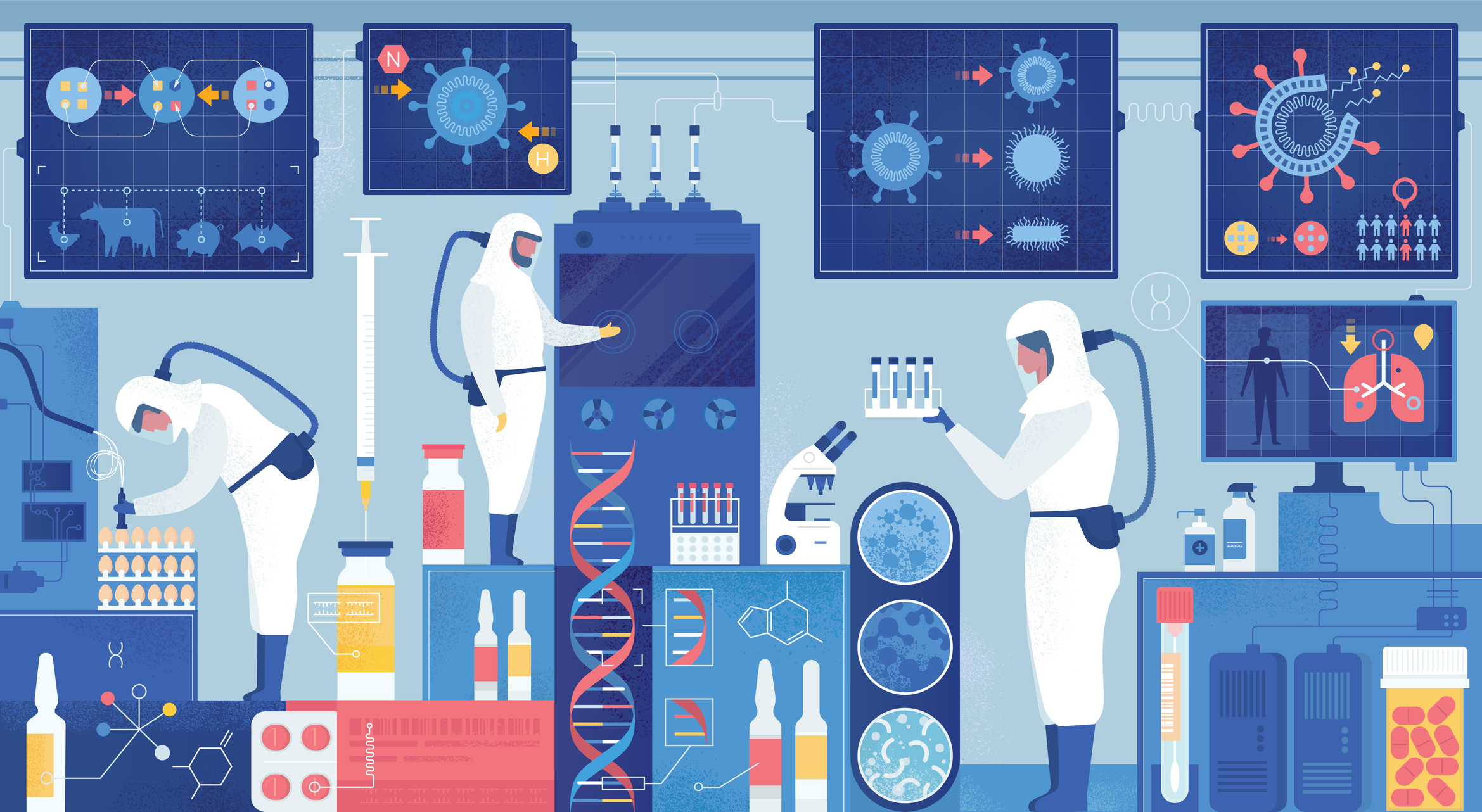Late last month, the federal government announced a highly anticipated biomanufacturing and life sciences strategy. Building on commitments in Budget 2021, the strategy earmarks more than $2.2 billion over the next seven years to better prepare Canada for future pandemics. Five pillars – governance, research and talent, business investment, modernized regulation and public capacity to respond to health crises – form the basis of expansive efforts to revive Canada’s biomanufacturing capacity.
Canada’s polytechnics have a number of important ways to contribute to this vision. They are active contributors to a highly skilled talent pipeline across sectors, including science, healthcare and manufacturing. Graduates are job-ready, with practical skills that can be applied on Day 1. Polytechnics also have well-developed research capacity, offering business innovation services designed to help partners build capacity and turbocharge growth.
So, what does a polytechnic-enabled biomanufacturing and life sciences strategy look like? Let’s take a closer look.
First and foremost, polytechnics are talent engines. Among Canada’s post-secondary institutions, polytechnics are ahead of the curve on flexibility, agility and strong industry connections. A hands-on approach to education delivers up-to-date and in-demand skills among graduates. Polytechnics have a proven ability to pivot as business needs evolve. They already train a significant portion of the workforce in the life sciences sector, as well as the sectors that support it.
For example, at Kwantlen Polytechnic University, students in the B.Sc. Health Science Program are learning skills designed to prepare them for both public and private sector careers in health research, practice, product production and distribution, and health management. Graduates go on to form the backbone of our public healthcare system but are equally well represented in laboratory and private sector settings.
Meanwhile, at Humber’s Barrett Centre for Technology Innovation, students are exposed to applied research and work-integrated learning in automation, robotics and system integration. These will be critical competencies to ensuring Canada has the manufacturing capacity to produce home-grown health solutions and therapies.
Polytechnic institutions are also well positioned to deliver applied research services. Typical partner-driven research activities include product development, process design, technology adoption and proof of concept. Though institutions develop areas of specialty based on industry needs in their region, applied research is responsive by nature. Prospective partners identify a business or societal need, then polytechnics pull in faculty expertise and student support to respond to those requirements. For the biomanufacturing and life sciences strategy, applied research capacity will support the development of new medicines and therapies, but also contribute to data-driven analytics and manufacturing processes.
In Canada’s prairie provinces, industries that require genomic precision are turning to Saskatchewan Polytechnic. The BioScience Applied Research Centre (BARC) offers industry solutions in spaces such as agricultural bioscience, analytic chemistry, biochemistry microbiology and molecular biology. BARC recently partnered with Genome Prairie (a regional hub of Genome Canada) to deliver the Genome 360 initiative, an effort to ensure prairie-based companies have access to the latest state-of-the-art equipment and expertise.
A biomanufacturing and life sciences economy is only as strong as the technology that supports it and the Sheridan Centre for Mobile Innovation (CMI) is a key player in this area. During early waves of the pandemic, the centre received federal funding to advance the development of remote patient monitoring. The investment helped advance the Clinic of the Future, a system that integrates mixed reality to display a patient’s real-time vital signs with other pertinent diagnostic data. Treatment against future pandemics stands to be more efficient thanks to the applied research done at CMI.
A life sciences and biomanufacturing strategy is a tremendous first step in reshoring our capacity to respond to pandemics and other healthcare crises. For the strategy to be truly impactful, Canada now needs to understand where current capacity lies and how best to capitalize on existing strengths. Polytechnic institutions should be core contributors.

